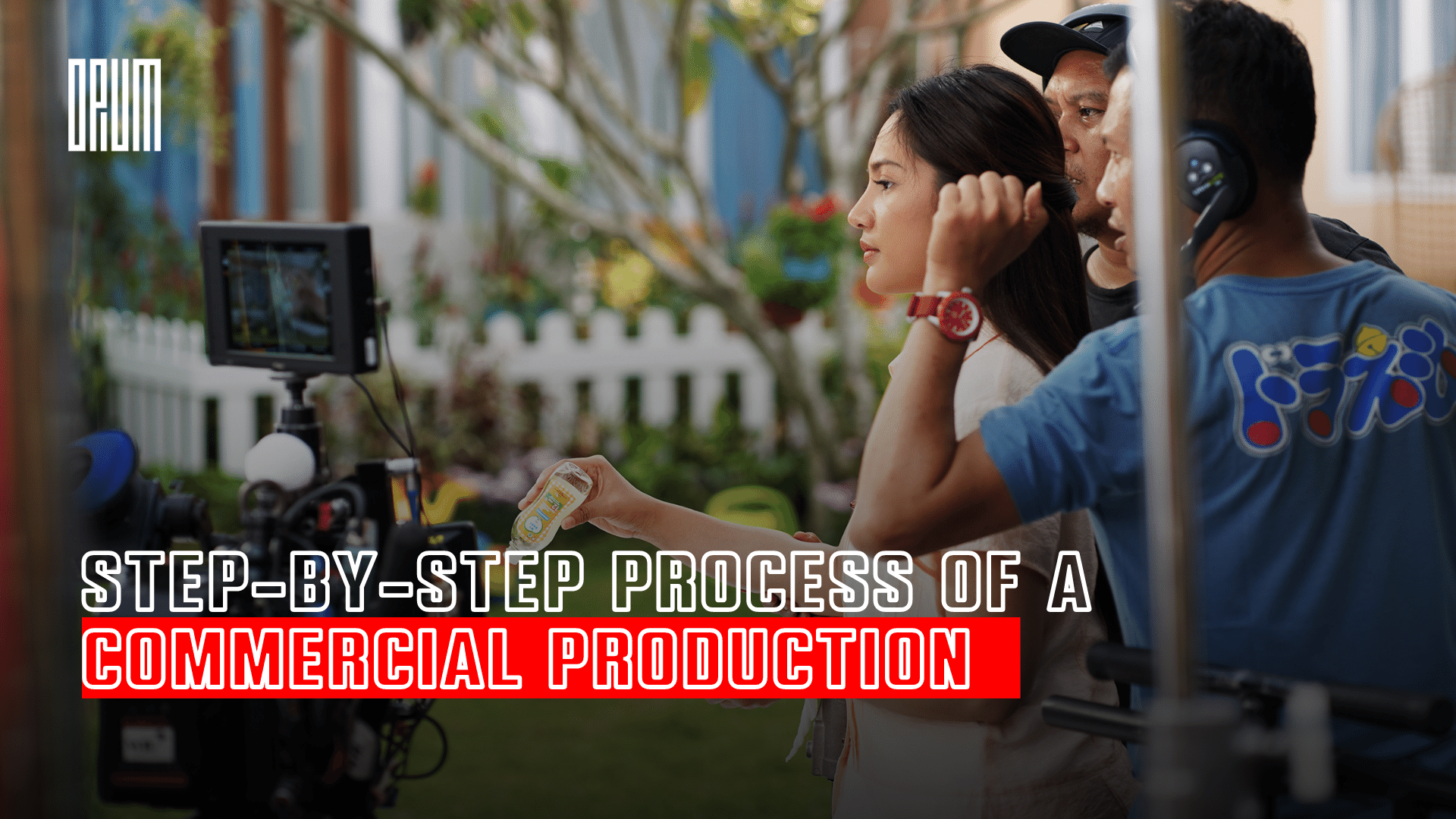From Script to Screen: The Step-by-Step Process of a Commercial Production
Commercial productions serve as the foundation of great marketing, bringing businesses' messages to life in unique and captivating ways. Production houses, or production businesses, are at the center of this process, transforming ideas into visually compelling stories that capture audiences.
Commercial Production Process
1. Pre-Production and Conceptualization
Before the cameras start rolling, a strong creative concept takes center stage. Production companies engage with customers to generate ideas that are appealing to target audiences. For example, a beverage business looking to promote a new energy drink may imagine an action-packed scenario demonstrating its benefits.
2. Planning and Allocation of Resources
Production companies carefully develop budgets that are in line with the script's needs and financial constraints. From hiring performers to obtaining filming locations, these companies expertly set up resources. In practice, this entails locating cost-effective yet high-quality solutions to realize the creative vision.
3. Casting and Crew Choice
It is critical to cast actors and assemble a qualified crew. Consider a cosmetic company attempting to advertise a new makeup range. The production house chooses a makeup artist with product shot experience and models that are representative of the brand's target market.
4. Production and photography
Production houses organize the shot on set, coordinating logistics and supervising the creative process. For example, a tech company launching a new product would rely on production expertise to capture the device's characteristics from the best angles possible, ensuring the device's sleek design shines through.
5. post-Production
Post-production is the process of transforming raw video into a polished diamond. Video editing, graphic effects, sound design, and music composition are all part of the process. For example, a fashion brand's commercial may require editing to synchronize model movements with a popular sound, boosting the emotional impact.
6. Evaluation and Approval
The client's vision and feedback are critical. The commercial is shown to the client for feedback, and the production house works with the customer to improve it. A car manufacturer, for example, may request changes to highlight a vehicle's innovative features.
7. Finishing and Distribution
Once approved, the commercial is finalized for multiple platforms to ensure that it adheres to technical requirements. Content is adapted for television, online streaming, and other mediums by production houses. This adaptability could imply adjusting the aspect ratio of a smartphone commercial for better viewing across devices.
Conclusion
Production houses help translate abstract concepts into engaging stories in commercial production. Their seamless integration of creativity, technical prowess, and client collaboration guarantees that businesses' messages light brightly on screens large and small, encouraging long-term consumer engagements. This collaboration between production companies and clients demonstrates the value of collaboration in the area of visual storytelling.
Ready to improve your visuals? Partner with Opium Creative Bureau, a production house with cutting-edge tools, a creative team, and unrivaled experience. Contact us today to begin a journey of visual storytelling that captivates and resonates.


